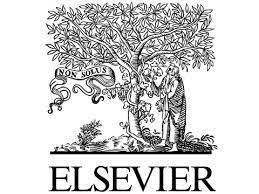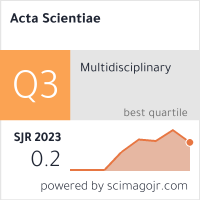BHARATIYA NYAYA SANHITA AND THE CONSTITUTIONAL ASPIRATIONS OF INDIA: A CRITICAL ANALYSIS
Abstract
The Indian Criminal Law is intended to provide a secured and protective life for all citizens. Bharatiya Nyaya Sanhita is a humble attempt of the legislative organ of the government to open a gateway on the path of restorative justice. The object is basically towards securing justice rather than awarding hardcore punishments, as the core principle of the law is aimed at rescuing the victim and putting him or her in a position where he was prior to the occurrence of the crime. The main focus is towards achieving justice from all ends. The Preamble to the Constitution of India encapsulates a similar goal of justice, be it social, political or economic. In this context, it may be mentioned that the framers of the Constitution wanted to visualize a state with a strong edifice of humanitarian values and moral altruism. This paper is a humble attempt to bring home the underlying philosophy in BNS that glorifies the quest for justice in true sense of the term and thereby aligns to give the reflective thought process that imbibes in the morality rooted in our Constitution. The new Criminal law portrays the very fact that the accountability of the offender is not only restricted to suffering punishments. An empathetic attitude, encouraging the wrong doer to repair the harm is the focus of the law. The paper also dwells upon the significance of the humanitarian values and Constitutional ideals in sensitization of the stakeholders thereby initiating a community based approach which is a need of the hour. Further, it critically assesses whether the BNS has evolved to meet the changing needs and aspirations of the Indian society as envisioned in the Constitution.





